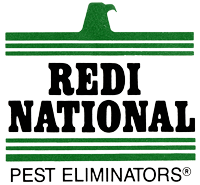What Steps Should Schools Take for Long-Term Pest Prevention?
Maintaining a safe and healthy learning environment is a fundamental duty of educational institutions, and pest management plays a critical role in achieving this goal. Schools, where children gather to learn and grow, can sometimes become susceptible to pest infestations due to various factors, including food services, outdoor activities, and the high foot traffic typical…
